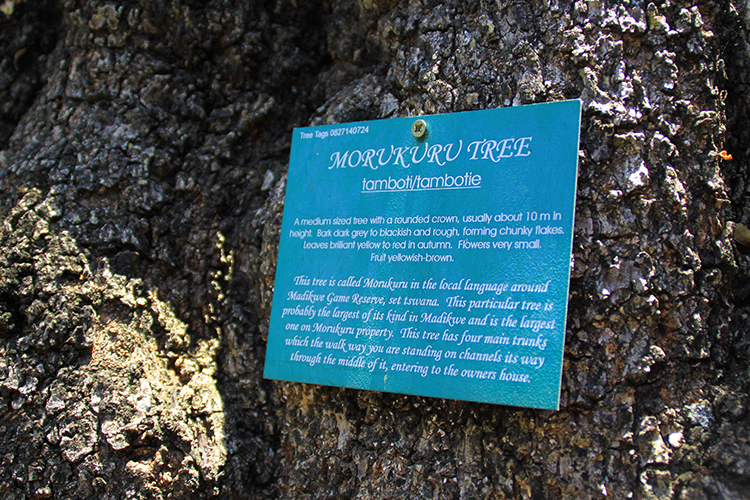Here in South Africa, we have just celebrated Heritage Day (24th September) which prompted us to stop and reflect on our own very interesting story. Morukuru is the Tswana word for the Tamboti tree and we are lucky enough to have an exceptional example growing right outside Morukuru Owner’s House.
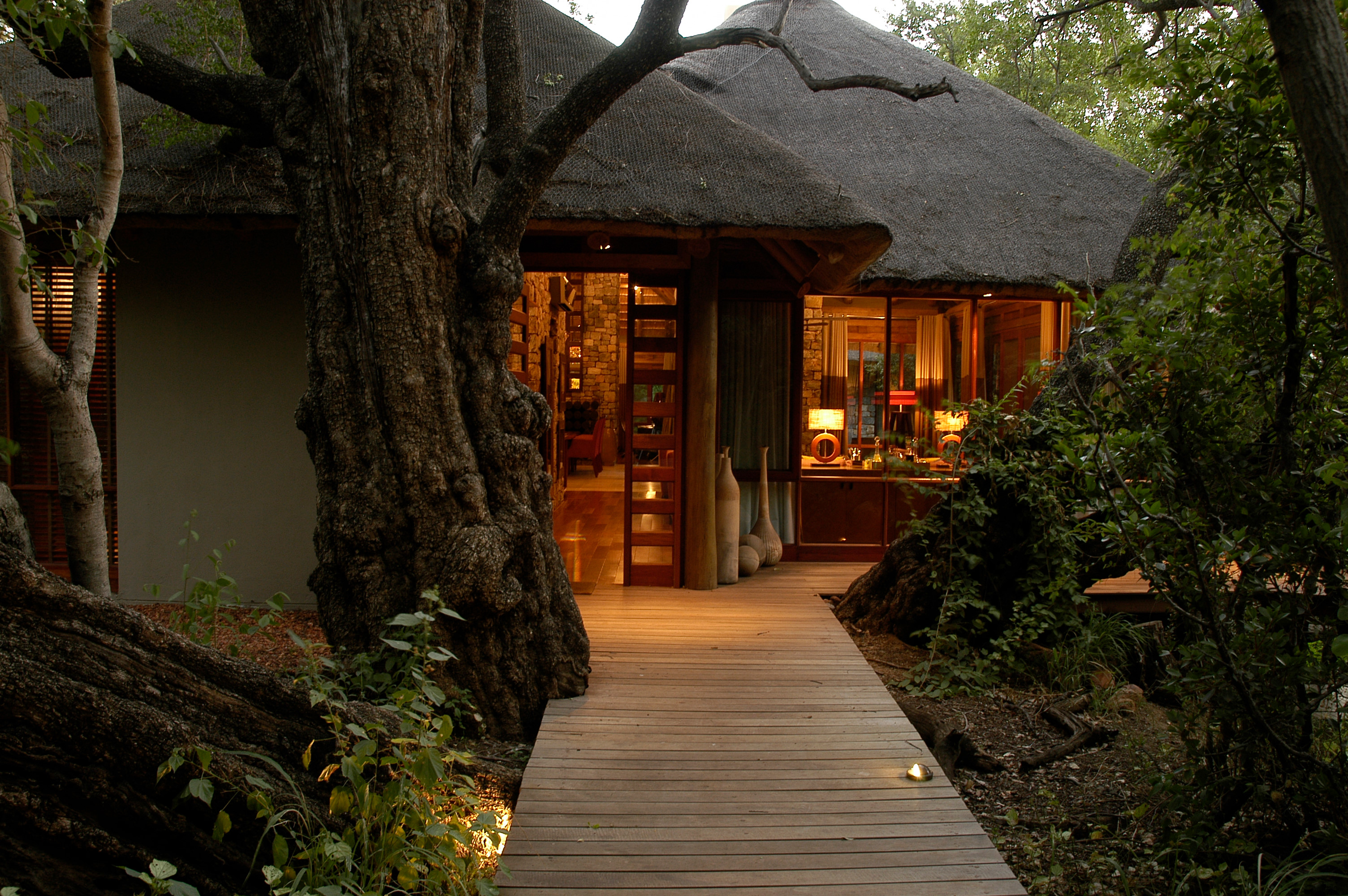

If you want to get scientific, the official name of the Morukuru is Spirostachys Africana. Spirostachys refers to the spiral arrangement of the flowers on the spike, and Africanameans from Africa. Locally the common names Tamboti and Morukuru are used interchangeably. The botanical boffins tell us that there are specimens of Morukuru that reach up to 18 metres in height, but generally, they are about 10 metres tall with a trunk of about one metre. Our magnificent tree is a whopping 19,3 metres tall with a base of 2,2 metres.
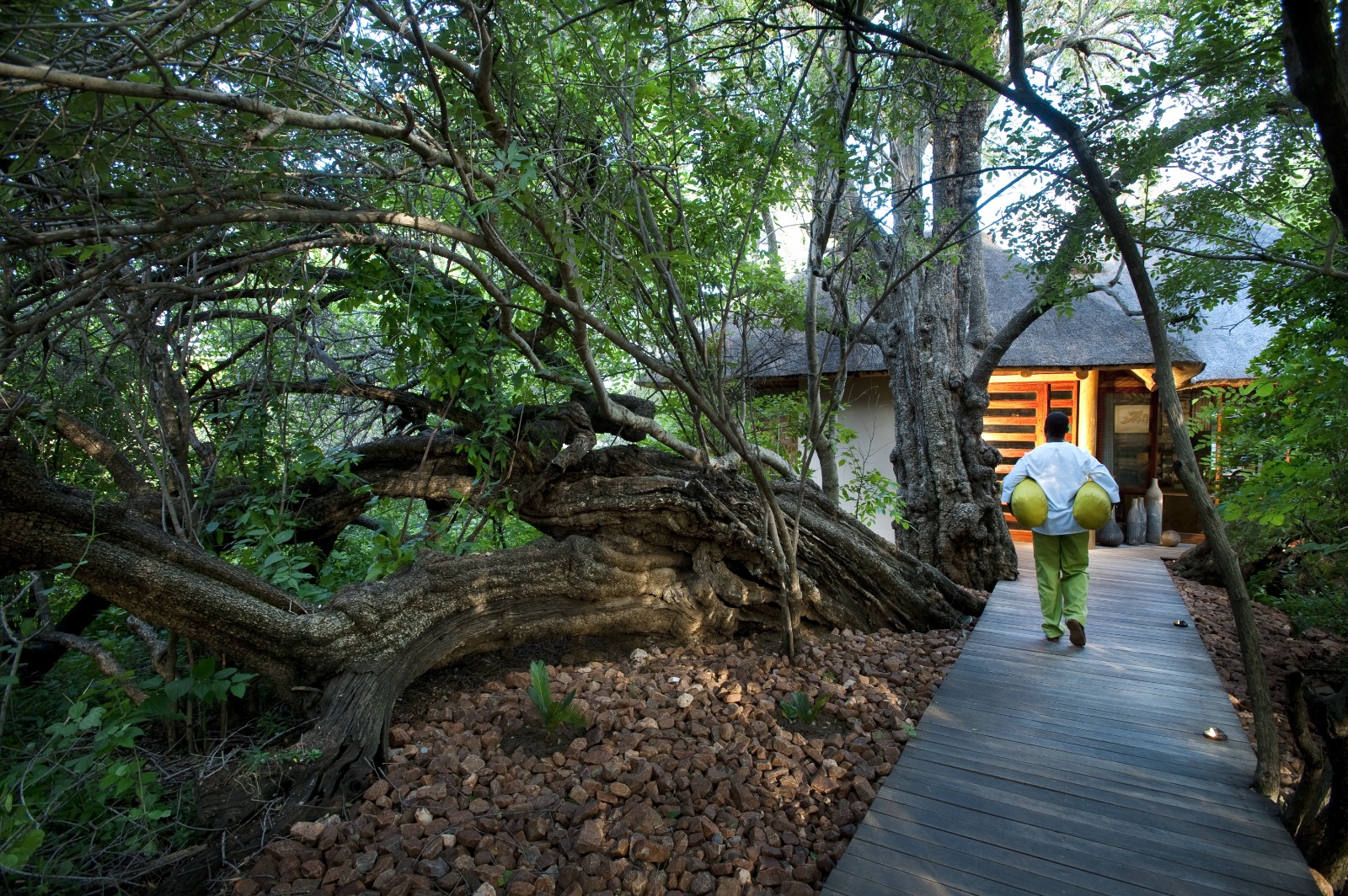

Johan Taljaard, one of our rangers told us “this is one of the largest and most impressive Tamboti trees in Africa and most definitely the biggest in the Madikwe and north-west area.” The tree is so large that Owner’s House had to be designed around it with the wooden walkway snaking to accommodate the sprawling trunk and branches.
The Morukuru tree is famous for its beautiful wood which is used to craft furniture. The tree a also comes with a warning due to a toxic milky latex it secretes. Like so much in nature this poisonous secretion has important benefits too - it is traditionally used to stupify fish, making them easier to catch and although the latex is very toxic to humans it is used in traditional medicine. Traditional healers use drops of the fresh latex as a topical painkiller for toothache and the bark is used to treat stomach pains. Contrary to these valuable applications it should be noted that large dosages will cause damage to the internal organs! Spirostachys Africanais a critical food source for wildlife with Francolins, guineafowl eating the fruit; Kudu, nyala, impala, monkeys, elephants, bushbuck, giraffe and eland feeding on fresh leaves and black rhino eating the young branches. Other antelope such as duiker, impala and nyala also graze on the dry leaves.
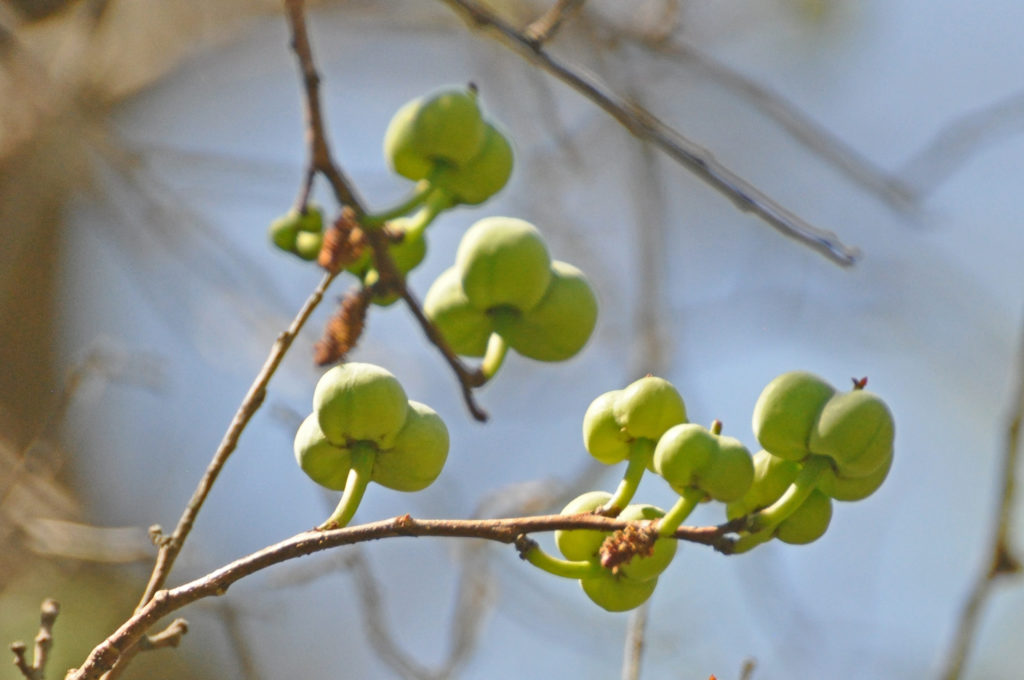

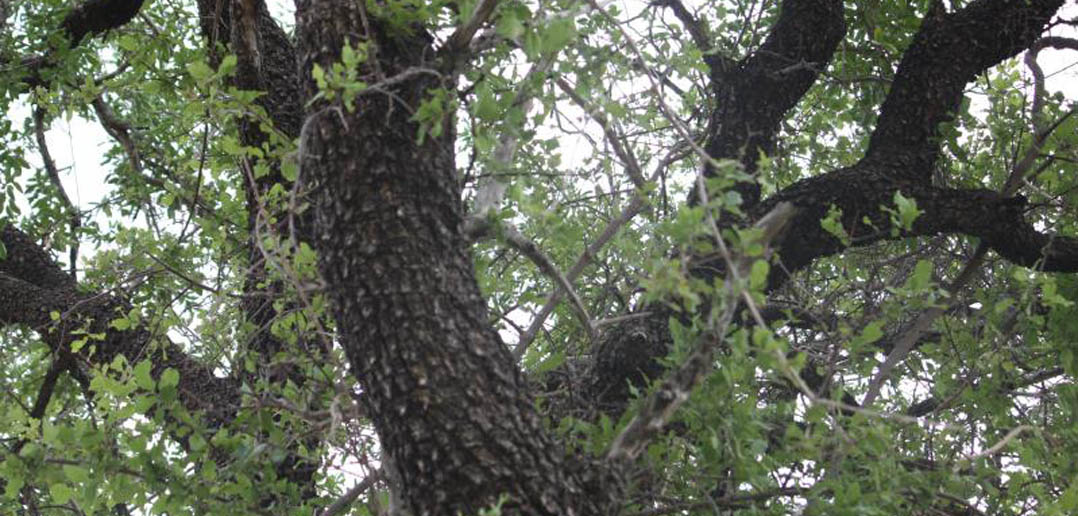



Johan adds “I have worked in many reserves around South Africa and that this is by far the biggest I have ever encountered”. So if you are looking for any additional motivation to visit our little piece of safari heaven you can consider an opportunity to witness our giant Morukuru tree.
